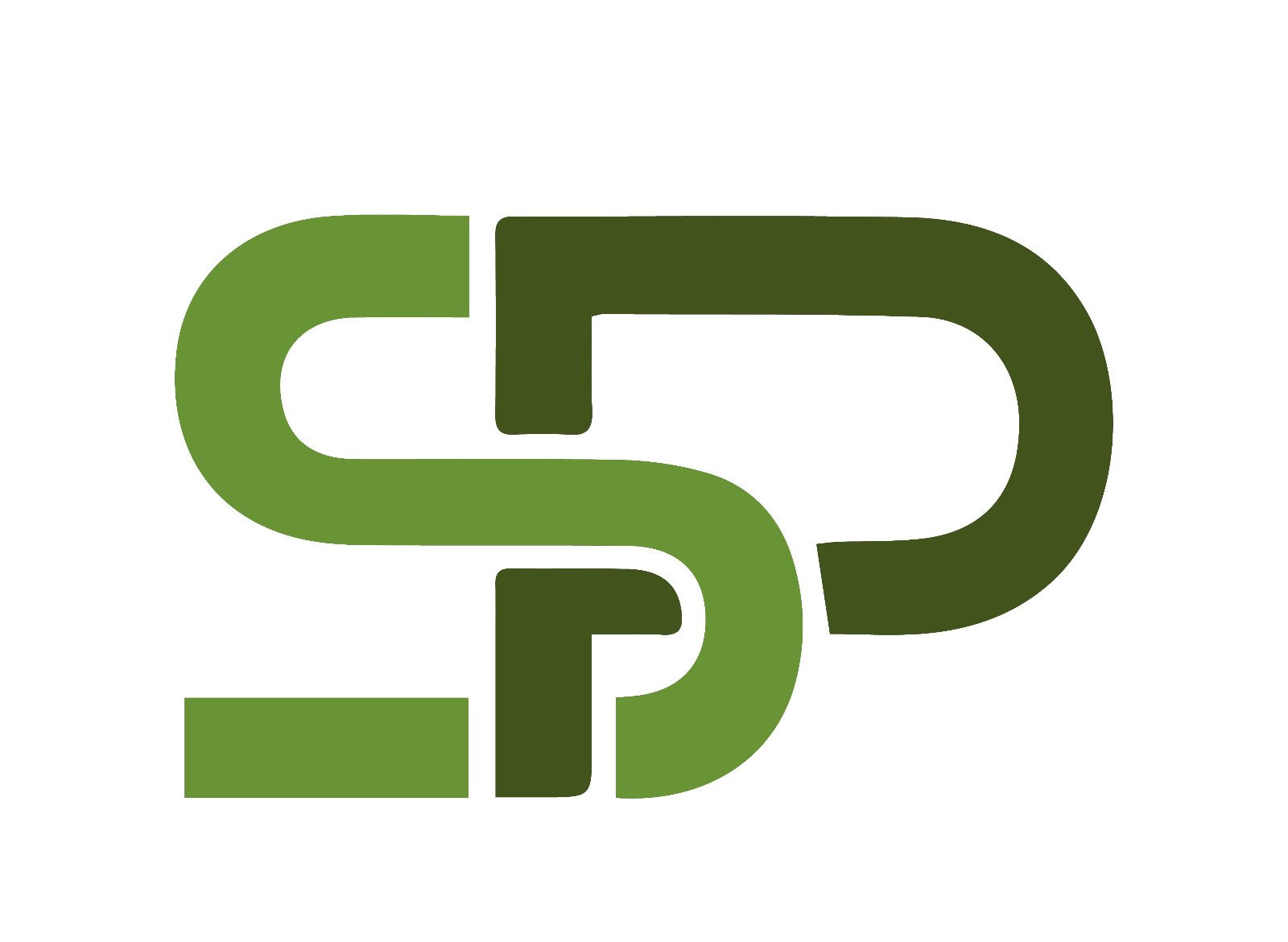The Whole Process of the Designing, Printing & Distribution
Introduction:
Flexible packaging is a versatile and efficient solution for packaging various products, from snacks to pharmaceuticals. This article will guide you through the intricate process of creating flexible packaging, from the initial design concept to the final distribution to consumers. Each step plays a crucial role in ensuring that the packaging not only looks appealing but also maintains the product’s quality and safety.
1. Design Phase
The journey of flexible packaging begins with the design phase, where creative and technical teams collaborate to create packaging that stands out on the shelf and meets product specifications. This phase involves:
- Market Research: Understanding consumer preferences and industry trends is essential for creating a design that resonates with the target audience.
- Graphics and Artwork: Designers create the visual elements, including logos, product images, and other graphics, while ensuring they comply with brand guidelines.
- Structural Design: Engineers and packaging experts create the physical structure of the packaging, considering factors like size, shape, and material selection.

- Material Selection: Choosing the right material is vital for the packaging’s durability, barrier properties, and environmental impact.
2. Cylinder Preparation
Once the design is finalized, the next step is to create printing cylinders. These engraved cylinders are used in the rotogravure printing process. This phase includes:
- Cylinder Engraving: The chosen design is engraved onto the surface of the cylinders, creating the printing pattern.
- Proofing: A test run is conducted to ensure that the cylinders reproduce the design accurately.
- Color Matching: The ink colors are carefully calibrated to match the approved design, ensuring consistency across the packaging.
For Flexible Packaging Manufacturing Reach us
3. Rotogravure Printing
Rotogravure printing is a high-quality printing method used for flexible packaging. It involves printing the design onto the packaging material. Key steps in the printing process include:
- Printing Press Setup: The printing press is configured with the appropriate cylinders, inks, and substrates.
- Printing: The design is transferred onto the packaging material as it passes through the printing press.
- Drying and Curing: The printed material is subjected to heat and UV curing to set the ink and prevent smudging.
4. Lamination and Coating
To enhance the packaging’s strength, barrier properties, and overall appearance, various layers are often laminated or coated onto the printed material. This can include layers for protection, gloss, matte finish, or enhanced shelf life.
5. Slitting and Rewinding
The printed, laminated material is then slit into the desired widths and rewound into rolls. This step prepares the packaging material for the final conversion process.
6. Bag and Pouch Making
The rolls of printed and laminated material are sent to a converting facility where they are transformed into the final product, such as bags, pouches, or wrappers. This process includes:
- Cutting: The material is cut to the appropriate size.
- Sealing: The edges are sealed to create the desired pouch or bag shape.
- Additional Features: Various features like zippers, spouts, or resealable closures are added.
7. Quality Control
Throughout the production process, stringent quality control measures are implemented to ensure that the packaging meets all specifications, from design accuracy to structural integrity.
8. Distribution
The final packaged products are then sent to distribution centers and eventually to retailers or consumers. Efficient distribution ensures that the products reach their intended destinations in the best possible condition.
Conclusion
The journey of creating flexible packaging involves several intricate steps, from initial design and cylinder preparation to rotogravure printing, lamination, and final product conversion. Each phase requires careful attention to detail and precision to deliver packaging that not only looks appealing but also provides essential functionality and protection for the products it contains. In a world where packaging plays a crucial role in marketing and product preservation, the flexible packaging process is a fascinating blend of art and science that continues to evolve with changing consumer demands and technological advancements.
At Sreekara Flex Packaging, we have a 6 colour advanced Rotogravure printing machine and we offer Packaging material on Order basis to Food Sector especially those involved in manufacture and trading of Food Products. We also provide packaging material to Non-Food industries like Pharma, Fertilisers, Pesticides, Seeds and Cleaning Products like Detergents, Soaps, Brooms & Mops.
